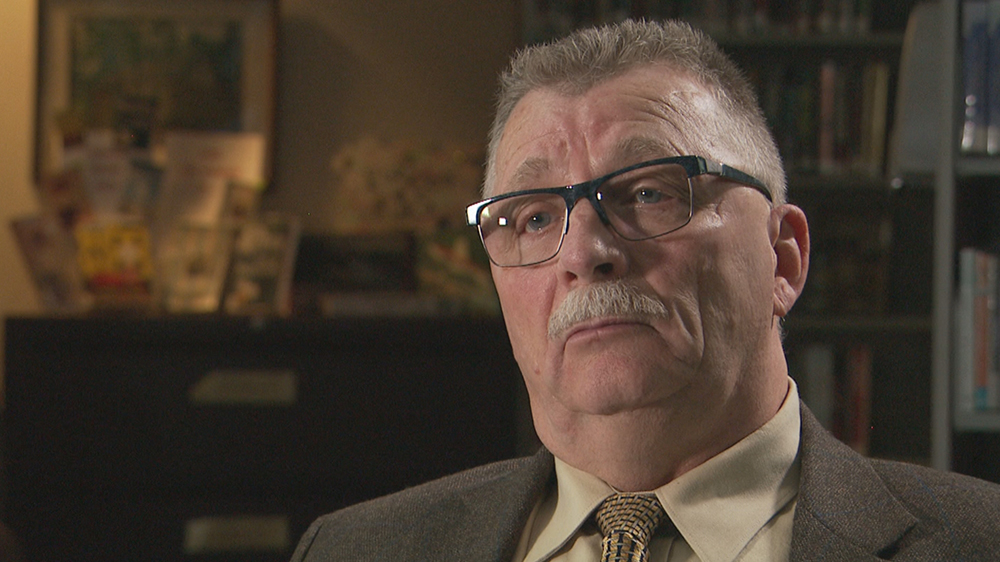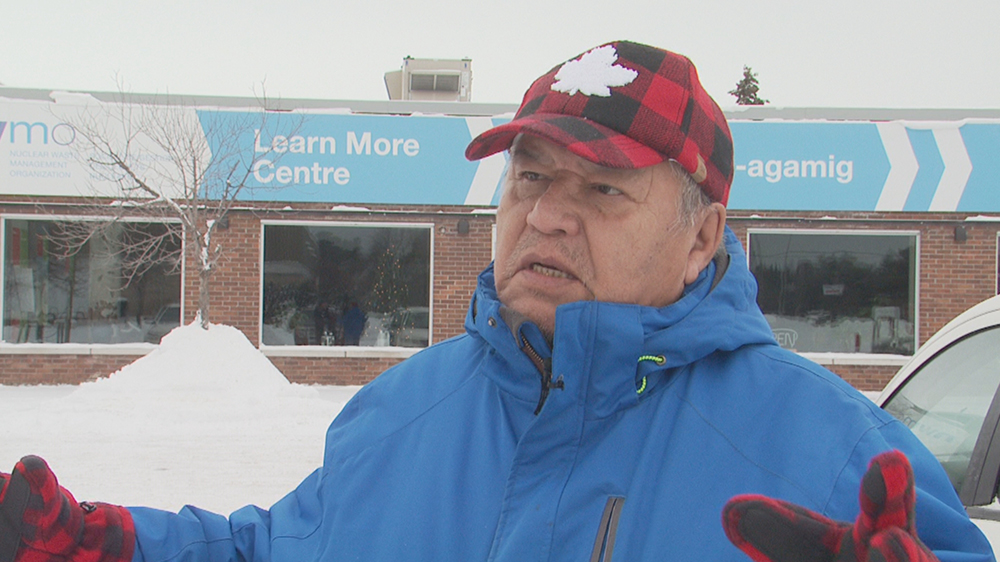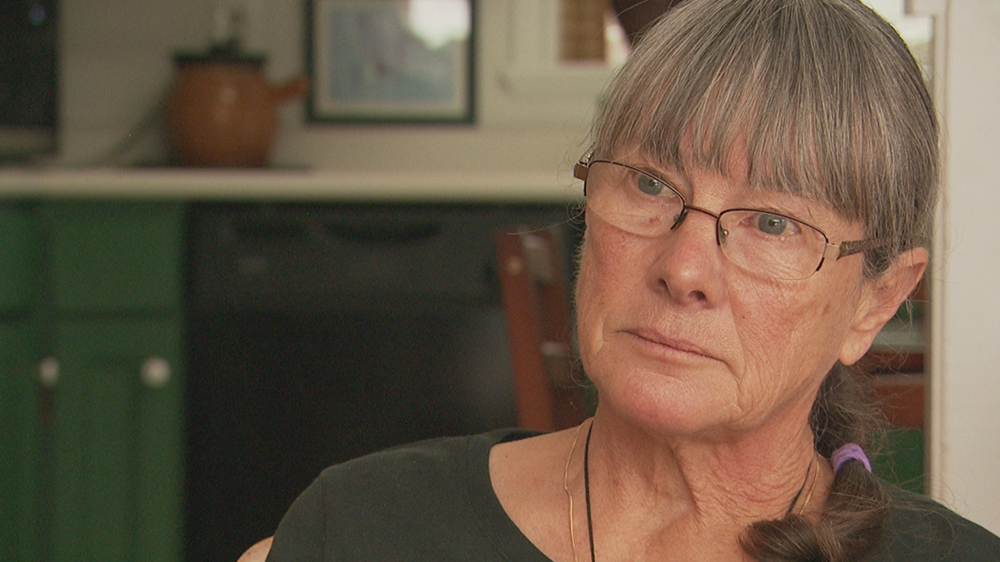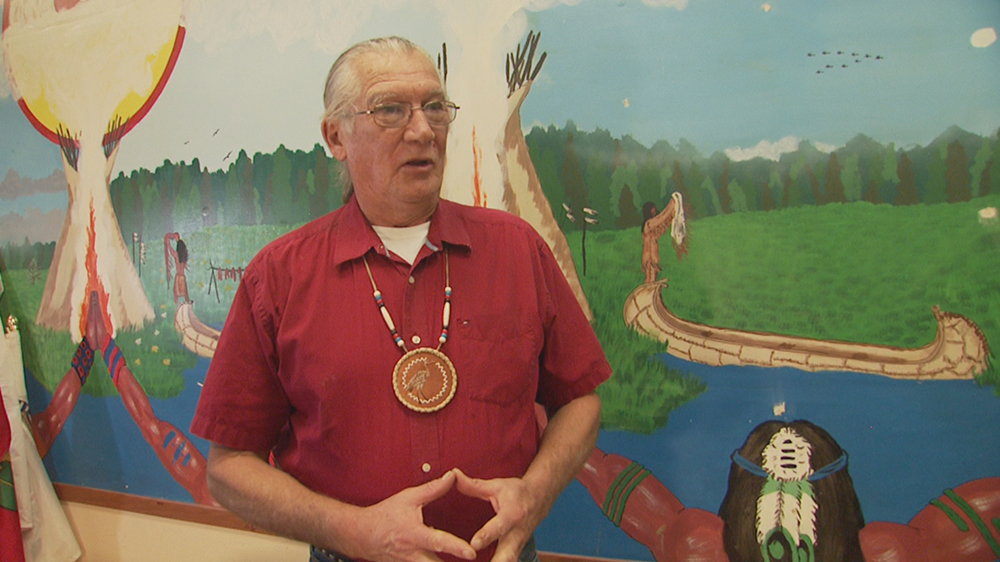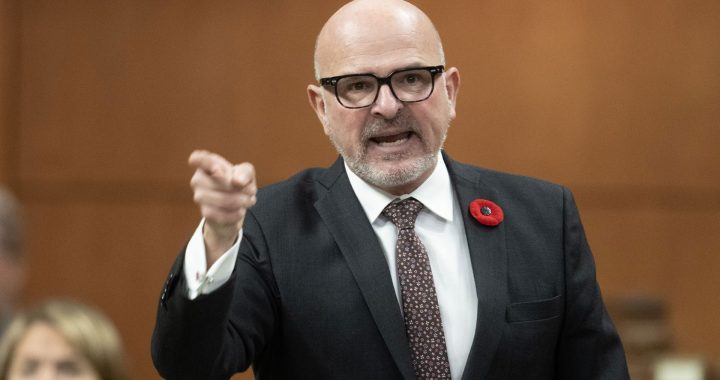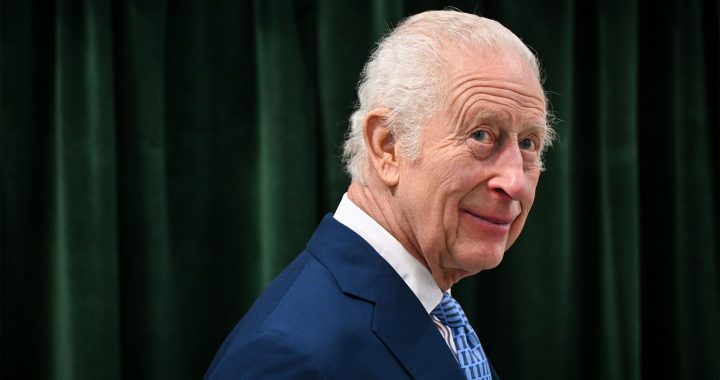For some in the township of Ignace, 250 km northwest of Thunder Bay, the Nuclear Waste Management Organization’s (NWMO) proposed plan to construct a $23.6 billion deep geological repository for used nuclear fuel in the area is an economic godsend.
According to Ignace Mayor Donald Cunningham, the region has struggled for decades.
“Well, in the last 30, 35 years it’s been the mines closed…” Cunningham told APTN Investigates in December 2019. “It went from approximately 2,500, the 3,000 people to the present 1,200 people. And still 1,200 great people.
“But now the new administration and leadership is endeavoring to work at revitalizing the area, help get it back on its feet and moving forward economically and socially.”
Watch APTN Investigates: Nuclear Courtship – Part 1 here.
Cunningham said he sees the proposed underground facility for the long-term placement of nuclear waste as a chance to turn that around.
“Personally, I look at it as a great opportunity for our youth,” said Cunningham. “They’re the ones that potentially have the most to benefit . . . But it creates an opportunity for stability for the community.”
(Donald Cunningham, mayor of Ignace, Ont., believes the Nuclear Waste Management Organization’s plan to bury used nuclear fuel in the area could benefit the township’s young people. Rob Smith/APTN)
And as well as a potential surge in Ignace’s economic fortunes if the deep geological repository (DGR) goes ahead, there is also NWMO money flowing into the community now, just for considering the project.
Communities engaging with the NWMO sign what is called a “learn more agreement.”
With that agreement comes money for the community to, among other things, educate itself on the DGR concept.
In total – since 2010 – the NWMO has spent more than $3 million in Ignace – $1.2 million of that has been spent on what’s called “community well being.”
The Township of Ignace says that money has been spent on things such as upgrading its sewers, and getting new protective gear for the fire department.
The NWMO is currently drilling boreholes in the Ignace area to determine if the rock underground is right for a DGR.
They’re also studying sites in South Bruce area – and hope to identify a willing host community by 2023.
But not everyone is willing to even consider the concept.
At the Ignace Town Plaza, where the NWMO has a “learn more centre” to provide information on their proposed DGR, APTN Investigates met Roy Ignace, a local Ojibway man.
“You might think that because this is Ignace that I’m the mayor or something like that – I’m not,” Ignace joked.
But when the discussion turned to the idea of putting nuclear waste in the ground out here, Ignace got serious.
“The whole thing will fail,” he said. ”It might take, oh, a thousand years, whatever, but it will fail. Because no matter what kind of a container, no matter how solid that container, you put it into the ground, sooner or later it will rot and it will break. And whatever is in it will spread. You take a look at the swamps around here.
“There’s water there and one way or another, that water finds its way into a river system.”
(Roy Ignace lives in Ignace and is opposed to the idea of the Nuclear Waste Management Organization burying used nuclear fuel in the area. Rob Smith/APTN)
As well as engaging with the Township of Ignace, the NWMO is also making connections with nine area First Nation communities and councils: Wabigoon Lake Ojibway Nation, Eagle Lake, Lac Des Mille Lacs, the Ojibway Nation of Saugeen, Seine River, Nigigoonsiminikaaning [Red Gut], Whitefish Bay, Lac Seul First Nation, and Grand Council Treaty #3.
APTN reached out to Ojibway Nation of Saugeen leadership by phone text and email, but got no response.
But, we were invited by members of the Ojibway Nation of Saugeen to visit.
Despite the fact the band council has hired a member to help facilitate the flow of information on what the NWMO is proposing, band member Neecha Dupuis says she and others are finding it difficult to find out anything.
Dupuis blames that on how she says the band council is run.
“We’ve been living under a dictatorship for over 31 years,” said Dupuis.
Dupuis, like Roy Ignace, looks at the NWMO’s proposed DGR plan as something that will inevitably fail catastrophically.
“It’s going to affect everything,” said Dupuis. “It’s going to affect the insects, it’s going to affect the moose, it’s going to affect the world. It’s going to affect every single natural existence in this forest. And it’s like we’re living in a sacrifice zone.
“If these leaders actually spoke to us and told us what their real plans were. You know, none of this would be happening.”
Read More:
Indigenous communities courted as nuclear industry looks for place to put used fuel
The question of who has the right to govern the Ojibway Nation of Saugeen is currently in court.
Chief Edward Machimity’s position is that he’s a “lifetime chief” thanks to the band’s custom election code.
And when APTN visited the Ojibway Nation of Saugeen, band members we spoke with painted a picture of a reserve on which little information about the band’s affairs gets shared outside of leadership’s inner circle.
“They don’t tell us nothing,” said Mary Machimity, the chief’s sister, when asked if the band was providing any information to the community about their engagement with the NWMO. “We don’t know what’s going on.”
To make the Nuclear Courtship episodes, APTN embarked on an 11-day road trip in Ontario.
And after departing the Ignace area, show producers made a stop at Dodie Legassick’s home just west of Thunder Bay.
Legassick is with the advocacy group Environment North and has been keeping a close eye on the NWMO’s DGR plans.
She is particularly concerned about the number of trucks that could be carrying highly radioactive, used nuclear fuel to the Ignace area on Ontario Highway 17 if the DGR gets the go-ahead.
“I’ve been living up here since 1977,” said Legassick. “And you know there are – it hits the news all the time – major truck collisions. So I approached the ministry of transportation and I asked them for their data about collisions from different areas going up to Ignace… 41 per cent of all collisions between Shabaqua and Ignace are truck collisions.”
(Dodie Legassick is with Environment North – and environmental advocacy group – and has done research on the number of truck collisions on a stretch of highway which nuclear waste may be travelling if Ignace gets chosen as the site for a deep geological repository)
The next leg of our nuclear tour took us to another Saugeen – Saugeen Ojibway Nation (SON) – which is on the Bruce Peninsula area.
SON is made up of two communities: the Chippewas of Nawash Unceded First Nation, and the Chippewas of Saugeen First Nation.
SON recently held a referendum to decide whether to consent to a proposal from Ontario Power Generation (OPG) to build a deep geological repository for low and intermediate level waste on SON’s traditional territory.
According to OPG, low level nuclear waste would include, “minimally radioactive materials such as mop heads, rags, paper towels, floor sweepings and protective clothing used in the nuclear stations during routine operation.”
And intermediate level nuclear waste is things such as “used reactor components, as well as the resins and filters used to keep reactor water systems clean.”
At the end of January, 2020, SON voted “no” by a large majority – and Greg Nadjiwon, chief of the Chippewas of Nawash Unceded First Nation says perception likely played a part in that.
“Perception is a big thing, and the perception of having a deep repository within a stone’s throw from a Great Lake is a perception that is an obstacle anyone would have difficulty selling,” said Nadjiwon. “You can sell the science . . . but when you get to the point of where there is a Great Lake within about a kilometer from Lake Huron that’s a perception that’s pretty hard to get by.”
(Greg Nadjiwon is Chief of the Chippewas of Nawash Unceded First Nation, which, as part of Saugeen Ojibway Nation, voted “no” to a deep geological repository proposed by Ontario Power Generation. Rob Smith/APTN)
When engaging with SON, prior to the referendum, OPG made a promise that they would not proceed with a DGR without SON’s consent.
Before the vote, APTN spoke with OPG’s Senior Manager of Corporate Relations and Projects Fred Kuntz.
He said a no vote would be respected.
“If SON says ‘no’ to the DGR we’ll respect their decision as we’ve always committed to do,” he said. “And that would end the project, but it would not end our relationship with Saugeen Ojibway Nation, because we’ve committed as well to identify and resolve the legacy issues and to remain engaged in dialog as we search for an alternative solution. And there’s a lot of great geology all across Ontario where you could feasibly build a DGR.
“So we’ll start a search for a new site, it would delay in implementation by a generation or more. But it’s the right thing to do.”
(Fred Kuntz is Senior Manager, Corporate Relations and Projects with OPG. Christopher Read/APTN)
But even though SON has voted down this DGR, it still has another DGR to consider.
SON, along with Aamjiwnaang First Nation and Metis Nation of Ontario (Georgian Bay Traditional Territory), is beginning to engage with the NWMO on their proposed DGR in the municipality of South Bruce.




